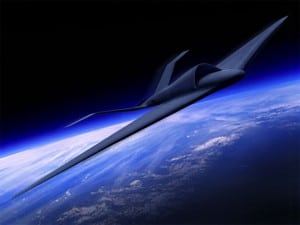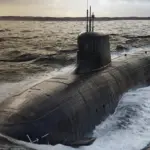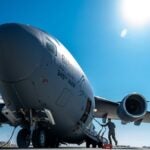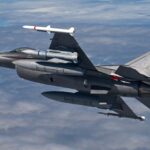
NATIONAL HARBOR, Md. - While working with the Air Force to keep the U-2 spy plane flying for as long as needed, Lockheed Martin [LMT] is anticipating an eventual need for a next-generation high-altitude, long-endurance reconnaissance aircraft.The so-called TR-X will be an optionally manned “workhorse” ISR platform capable of routine peacetime intelligence gathering and high-intensity wartime surveillance, Scott Winstead, Lockheed Martin’s U-2 strategic business manager, said Sept. 14 at the Air Force Association's annual Sea-Air-Space conference.With the U-2 as a…

 By
By 











